
Flow-refuge construction and installation in the test-cases
This summer we have installed the flow-refuges downstream of Bragado and Covas do Barroso hydropower plants.

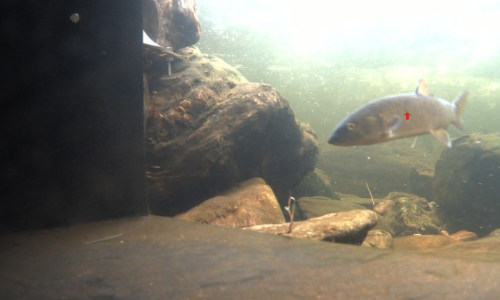
Innovative methodology to monitor flow-refuge use by fish species
The flow-refuge monitoring system was successfully installed in the two flow-refuge prototypes in late summer.
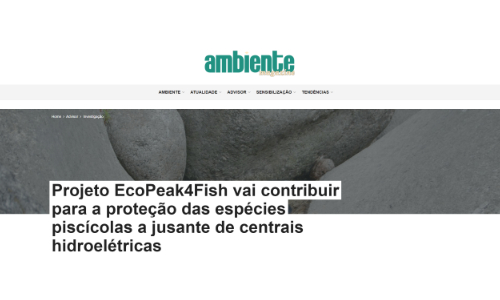
The EcoPeak4Fish project highlighted by the Portuguese environmental press
News from EcoPeak4Fish was released at Ambiente Magazine online site. Read it all on the Ambiente Magazine website.


Participation in the Blue Bio Value Ideation program
The flow-refuge prototype as a measure to mitigate the impacts of hydropeaking for migratory species was selected to be at the Blue Bio Value Ideation program.

Meet our newest team member, MSc candidate Mariana Azevedo
Mariana Azevedo, 23 y.o., is a master’s student of Management and Conservation of Natural Resources, ministered by both the University of Lisbon and the University of Évora.


Save the date!
The local meeting of EcoPeak4Fish will be held on the 12th of May 2023 at Boticas Municipality.
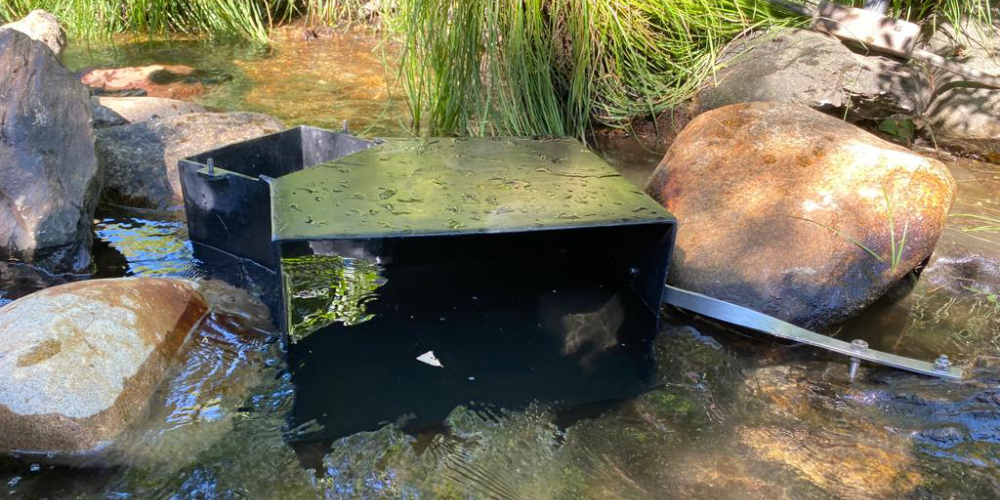
Flow-refuge construction and installation in the test-cases
This summer we have installed the flow-refuges downstream of Bragado and Covas do Barroso hydropower plants.
The design and construction of the flow-refuges followed a thorough experimental process that started by testing different flow-refuge configurations at our flume facility. We selected the most effective solution in terms of frequency of use by fish and permanence time. The best results occurred for the flow-refuges with a 45⁰ inclination angle with the flume wall.
To build the flow-refuge prototypes we had to select a material that was waterproof, highly resistant and durable, flexible, lightweight, easy to install and with low maintenance. Gladly, at our lab, we work closely with Civil Engineers and the idea of using composite materials emerged naturally. The two flow-refuge prototypes were upscaled (0,4 m x 0,5 m x 0,4 m) and built with composite materials that combined fibreglass and resin, in collaboration with the company Trimarine Compósitos Lda., which is specialized in advanced composites boatbuilding and refit.
Before installing the prototypes, we first had to select areas (i.e. habitats) with the potential to maximize fish access to them. In addition, we had to consider the distance from the hydropower plant water release, accessibility to the flow-refuge, and technological requirements of the equipment to monitor the flow-refuge use by fish.
With the collaborative effort of the hydropower plant technicians, the construction workers, the EcoPeak4Fish team and the really good weather, the installation of the flow-refuge prototypes at Bragado and Covas do Barroso was a major success! Click here for a short video of the installation process.
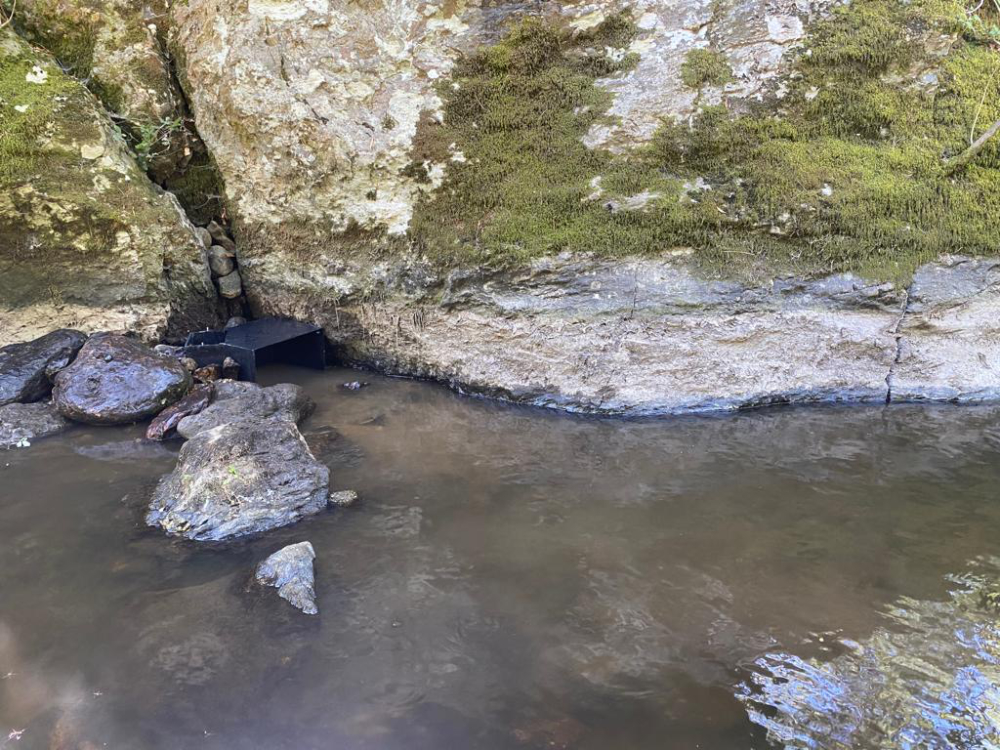
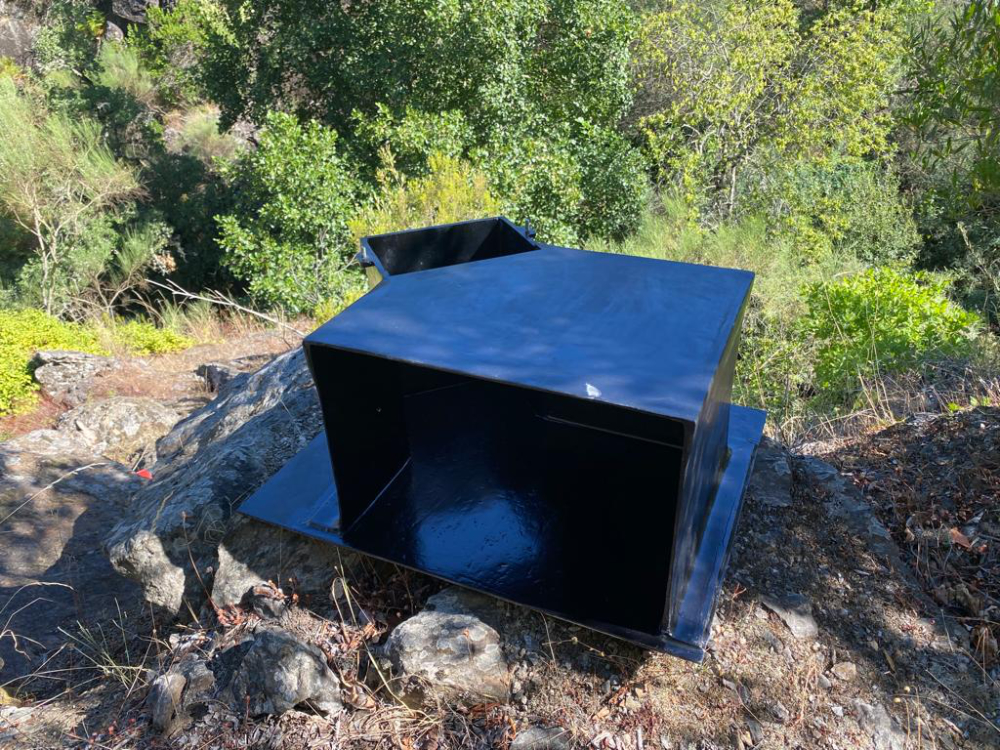
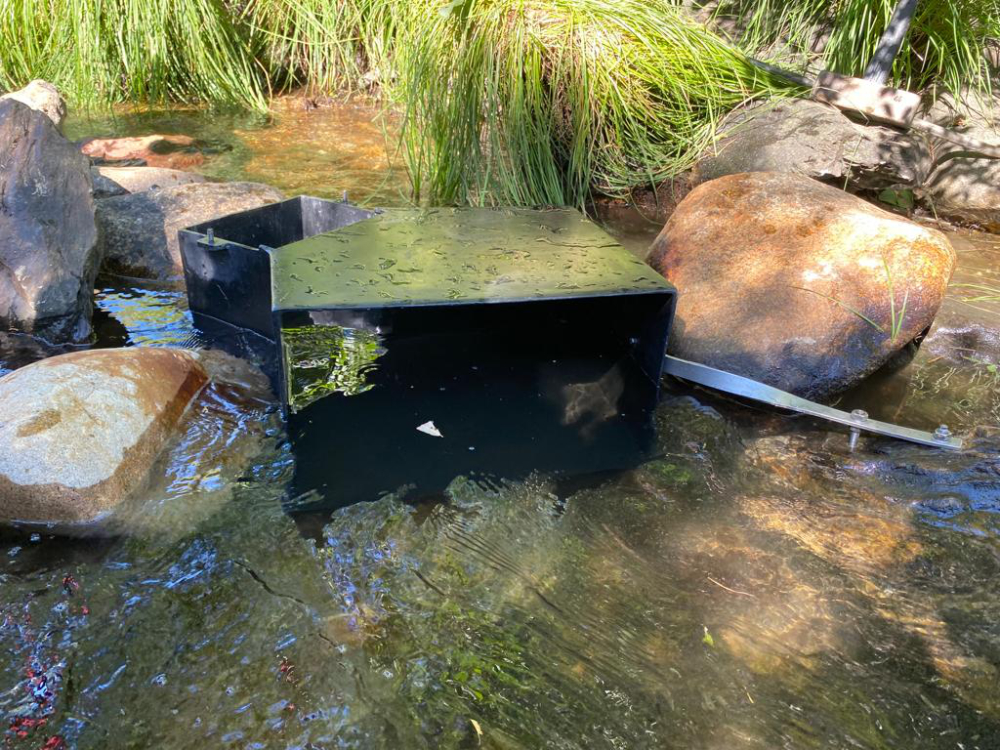

Innovative methodology to monitor flow-refuge use by fish species
The flow-refuge monitoring system was successfully installed in the two flow-refuge prototypes in late summer.
The EcoPeak4Fish team benefited from the support of I AM HYDRO GmbH, specifically from the Founders Christian Haas and Philipp Thumser that developed the HydroCam system. This versatile system consists of a fully integrated underwater camera for fish detection and monitoring and is designed for continuous use in the water. The high-quality RGB and Infrared sensors allow the detection of fish movements during day and night and even during fast motion. The camera housing is highly robust and characterized by its strength, and abrasion resistance, making it an ideal material for permanent use in the water. It is also equipped with a unique glass cleaning technology, consisting of a wiper that is programmed to operate at two fixed periods per day, avoiding the growth of biofilm.
We also had the opportunity to work together with Juan Francisco Fuentes-Pérez, Forest Engineer and specialist in information and communication technology, who installed a sensor network in the scope of his project Smart Fishways. The sensor network installed transmits in real-time and stores online environmental variables such as water level, luminosity, atmospheric pressure or water and air temperature. These variables are related to fish biological responses and are necessary to assess and discriminate the fish behaviour and flow-refuge use under hydropeaking scenarios from other possible environmental cofactors. Combining real-time fish monitoring with on-site environmental factors is challenging, even more in remote locations, but it is a distinguishing and innovative aspect of this project.
The next challenge will be automatic fish detection and tracking performed by the TalTech team led by Assoc. Prof. Jeffrey A. Tuhtan. EcoPeak4Fish will be the first project to make use of synchronized colour and infrared cameras to detect and track wild fish during hydropeaking. Sophisticated machine learning algorithms will be used to accurately identify fish of different species, estimate their size and even learn collective behavioural patterns before, during and after hydropeaking.

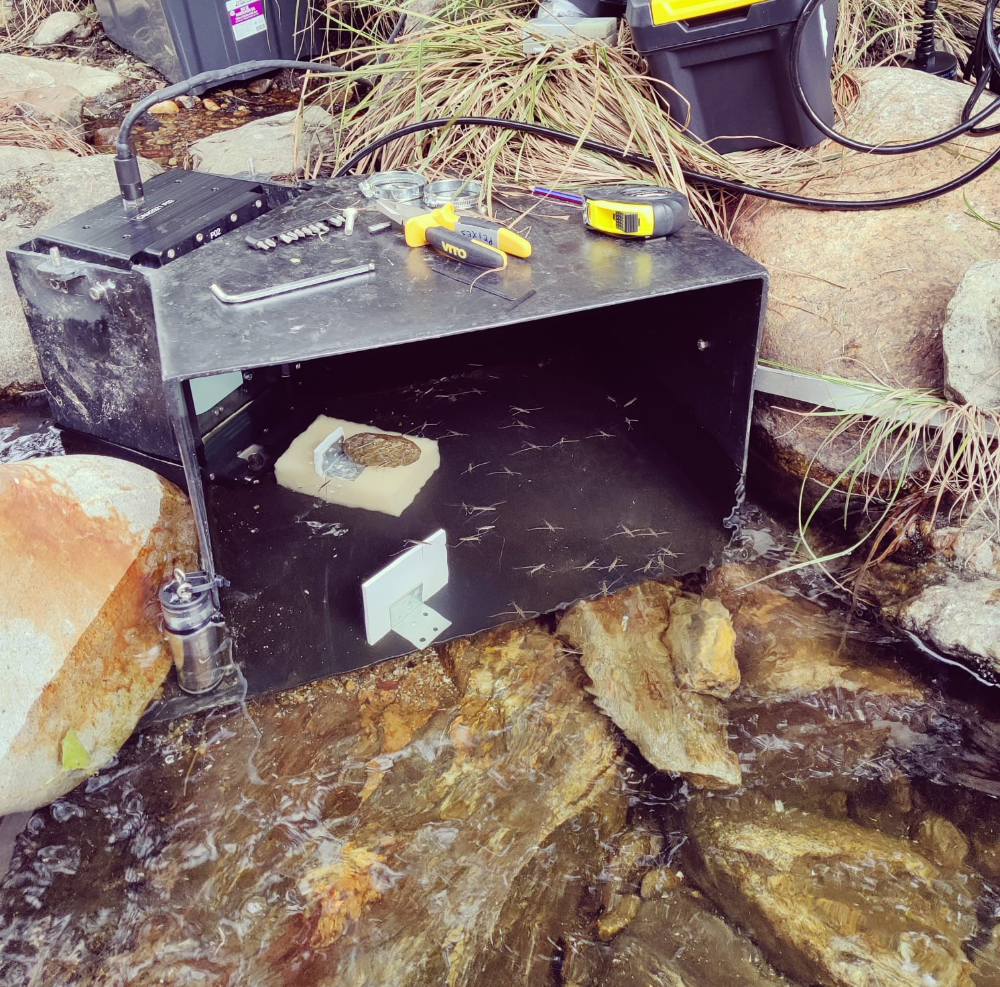
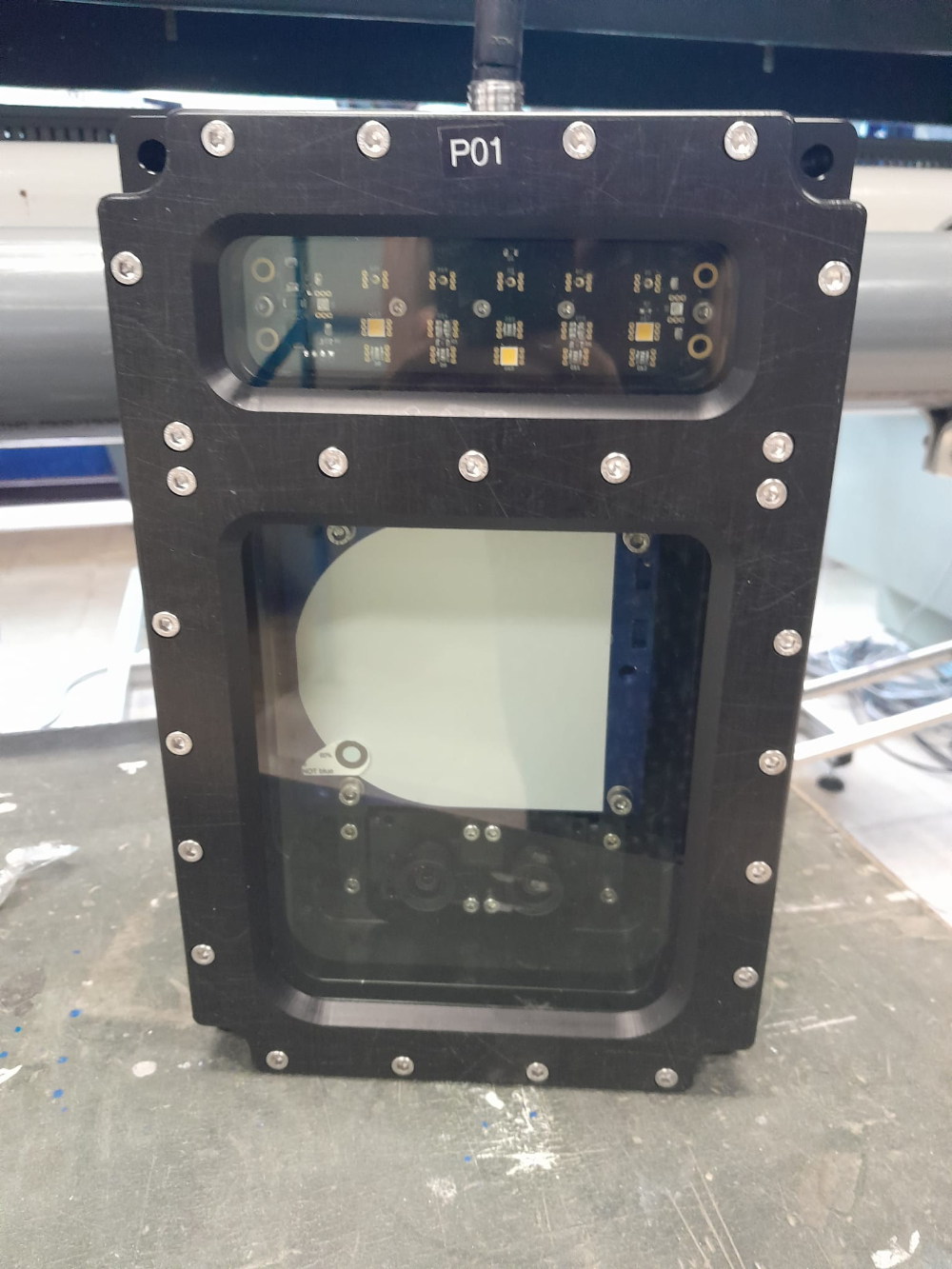
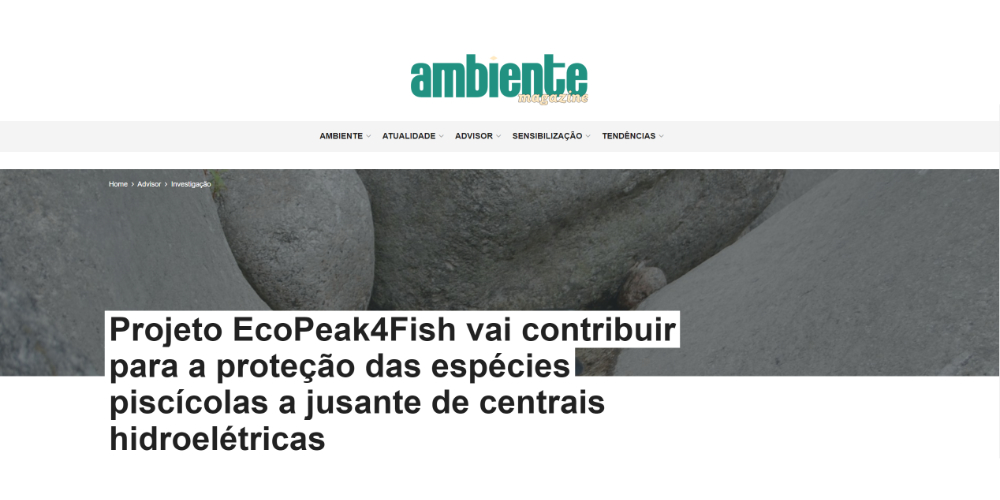
The EcoPeak4Fish project highlighted by the Portuguese environmental press
News from EcoPeak4Fish was released at Ambiente Magazine online site. Read it all on the Ambiente Magazine website.
Media platforms play a crucial role in communicating science to a wider audience. At EcoPeak4Fish, we have been very active in showing the project's progress by sharing stories on social media with positive feedback. It feels good when colleagues address us sharing that they read our story. This means that we are reaching our target audience, one step at a time.
Recently, the EcoPeak4Fish project has been highlighted on a Portuguese online environmental news platform. The news is in Portuguese, but here is a glimpse of what was shared. Isabel Boavida started by alerting the readers that although hydroelectric power is considered a renewable energy source, it has impacts on ecosystems, particularly in fish fauna. Quoting Isabel Boavida, “commonly described impacts are changes in habitat distribution and availability, loss of longitudinal connectivity, obstruction to fish migration, and fish mortality either in turbines or due to stranding, as a consequence of shutting off the turbines”. Previous works conducted at our flume facility with wild fish species like the Iberian barbel have demonstrated adjustments in stress indicators and a clear trend to seek refuges to avoid areas with higher water velocity. Isabel Boavida adds the testing and development of different flow-refuges to mitigate the impacts of the rapid and high-magnitude flow fluctuations associated with hydropeaking, and the implementation of two flow-refuge prototypes constructed with composite materials downstream of hydropower plants. These flow-refuges, together with the innovative fish monitoring system and sensor network will contribute to the protection of native fish species downstream of hydropower plants.

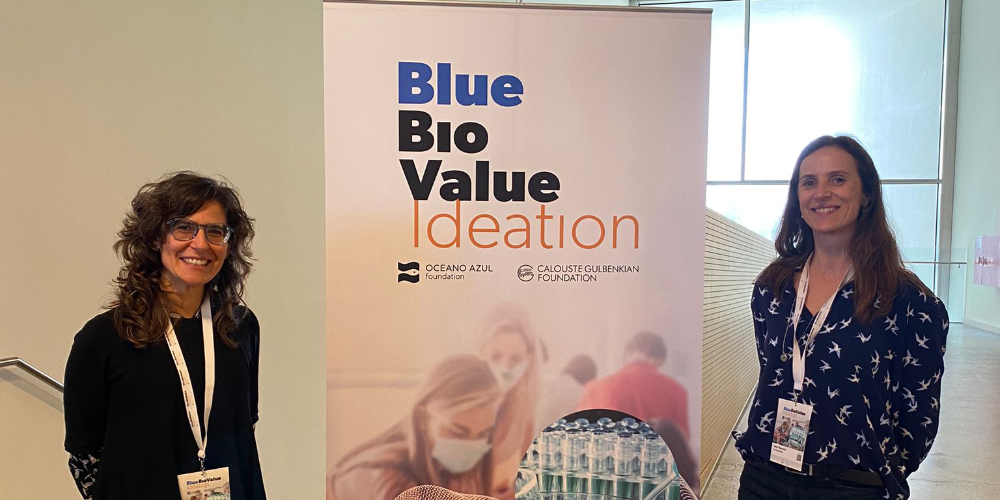
Participation in the Blue Bio Value Ideation program
The flow-refuge prototype as a measure to mitigate the impacts of hydropeaking for migratory species was selected to be at the Blue Bio Value Ideation program.
Isabel Boavida and Maria João Costa, representing the EcoPeak4Fish, participated in this intensive weekend program to show and exploit the potential of the prototype for the markets. The Blue Bio Value Ideation program took part in Nova SBE Innovation Ecosystem. We had the pleasure to work with Hugo Teixeira da Silva as our business mentor and enthusiast to transform our project into a business model. We developed a 4-minute pitch about our flow-refuge prototype and its monitoring system to show how hydropower plant managers and the ecosystem could benefit from them. We had also the opportunity to meet a community of people who thrived to take a step further and make a difference in designing a better world.
With this initiative, Blue Bio Value Ideation, Oceano Azul Foundation and Calouste Gulbenkian Foundation seek to boost innovative and sustainable blue bioeconomy projects. The program, powered by BGI – Building Global Innovators, aims to bridge the gap between academia and the market by providing participants with the tools, network and seed funding needed to transform innovative R&D into new sustainable circular business solutions.
We are eager to come back next year with stronger and more insightful numbers regarding the impacts of our innovation on the hydropower market.


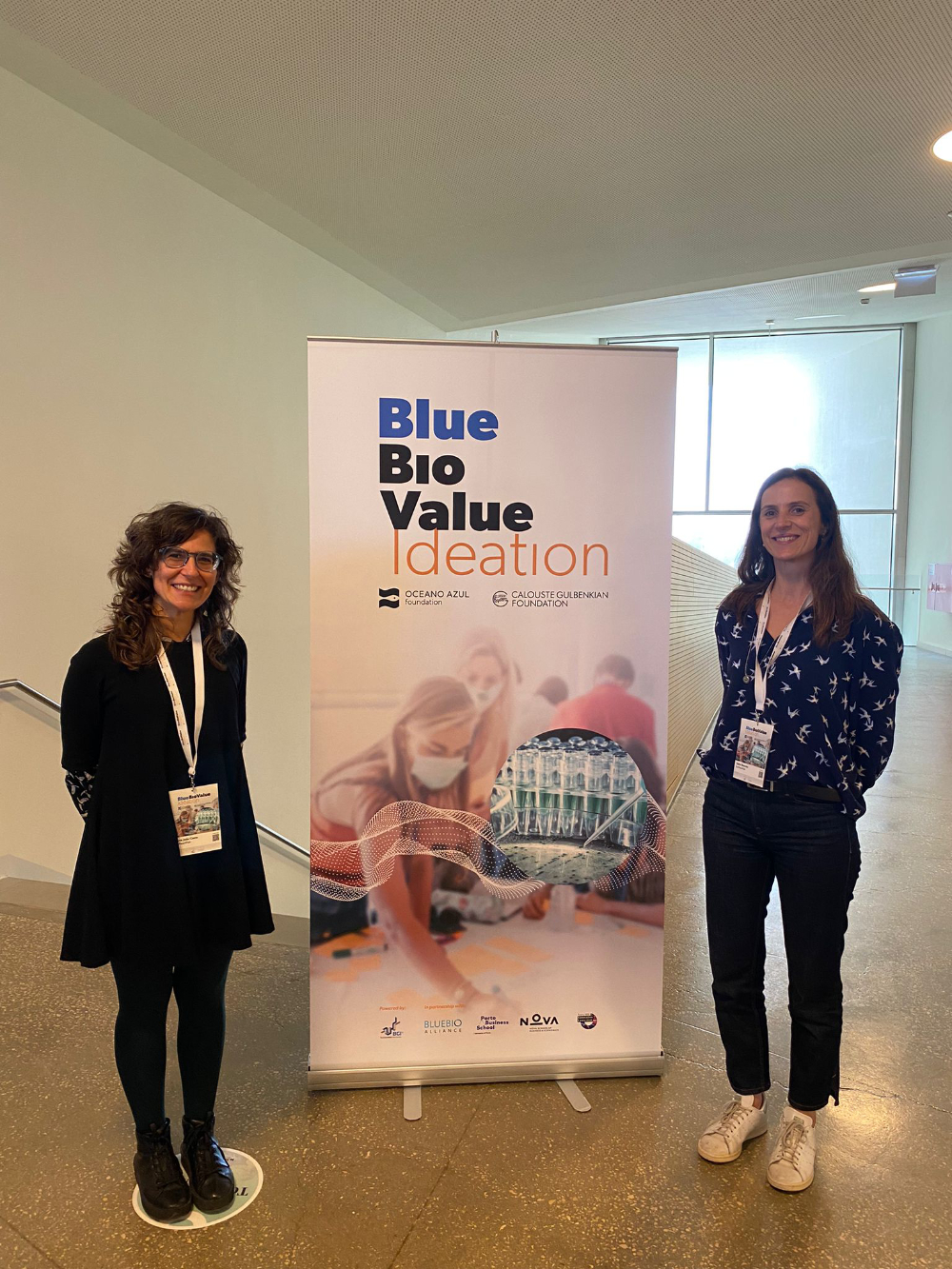
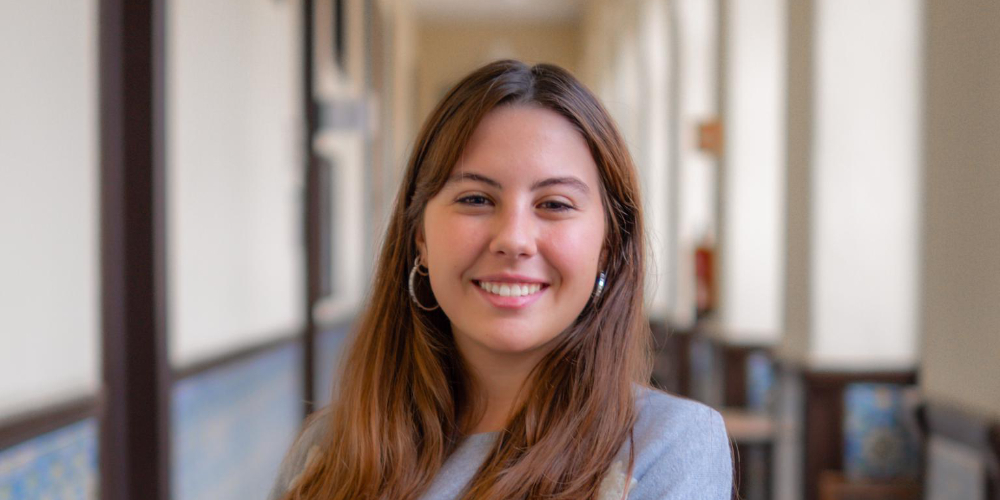
Meet our newest team member, MSc candidate Mariana Azevedo
Mariana Azevedo, 23 y.o., is a master’s student of Management and Conservation of Natural Resources, ministered by both the University of Lisbon and the University of Évora.
Last year, she completed her Bachelor’s Degree in Zootechnical Engineering at the University of Lisbon, and “decided to switch to environmental science, as nature has always played an essential role in my life. I knew that my future would be related to nature and that, somehow, I would fight to preserve it, taking me to the master's degree where I am”, she said. In the future, “I see myself working on conserving ecosystems and improving habitats” she added.
She has previously worked as a volunteer in the Municipality of Cascais, under the program “Maré Viva”, intending to ensure basic services in terms of prevention, surveillance and safety on the beaches of the municipality.
Mariana is the newest team member of the EcoPeak4Fish project. “The EcoPeak4Fish project fascinated me because, with climate change, clean and renewable energies are increasingly being given due value, but their impacts also have to be studied so as not to compromise the sustainability of ecosystems”, she said.
Mariana will mainly develop her work within task 4 of the project (Assessment of environmental and economic trade-offs in the operation of a hydropower plant), where she will be interested in (1) quantifying the effects of small hydropower plants on river ecosystem processes and functions; (2) addressing the capability of the river to sustain different ecosystem services in a river with a small hydropower plant scheme; and (3) assessing the effects on ecosystem services of different flow releases scenarios.
Welcome aboard, Mariana!



Save the date
The local meeting of EcoPeak4Fish will be held on the 12th of May 2023 at Boticas Municipality.
This event will take place in Boticas and will include a visit to Covas do Barroso Hydropower Plant to also see the flow-refuge prototype and the fish monitoring system in full operation. The main goal is to bring the scientific community and stakeholders to the field and gather the local community to share the project goals and activities, and the preliminary results. Students from Instituto Politécnico de Bragança (IPBragança) and Universidade de Trás-os-Montes e Alto Douro (UTAD) will take part to enlarge their knowledge of aquatic ecosystem functioning and interactions with human activities, specifically of hydropower production. The local community as well as local and regional entities are welcome. The event will be in Portuguese. Still, we would like to share with you the program. In case you are curious about this local meeting and its communications, don't hesitate to contact us! If you are interested in participating, please let us know here. Have a look at the provisional Agenda (image below):



 The EcoPeak4Fish team wishes you a wonderful Christmas and a new year full of joy, success and care for our freshwater ecosystems!
The EcoPeak4Fish team wishes you a wonderful Christmas and a new year full of joy, success and care for our freshwater ecosystems!



